IDEA SET
IDEA SET
Finding Urban Nature
Finding Urban Nature
Get ideas for spotting nature in cities.
Grades
3 - 12+
Subjects
Biology, Ecology, Experiential Learning
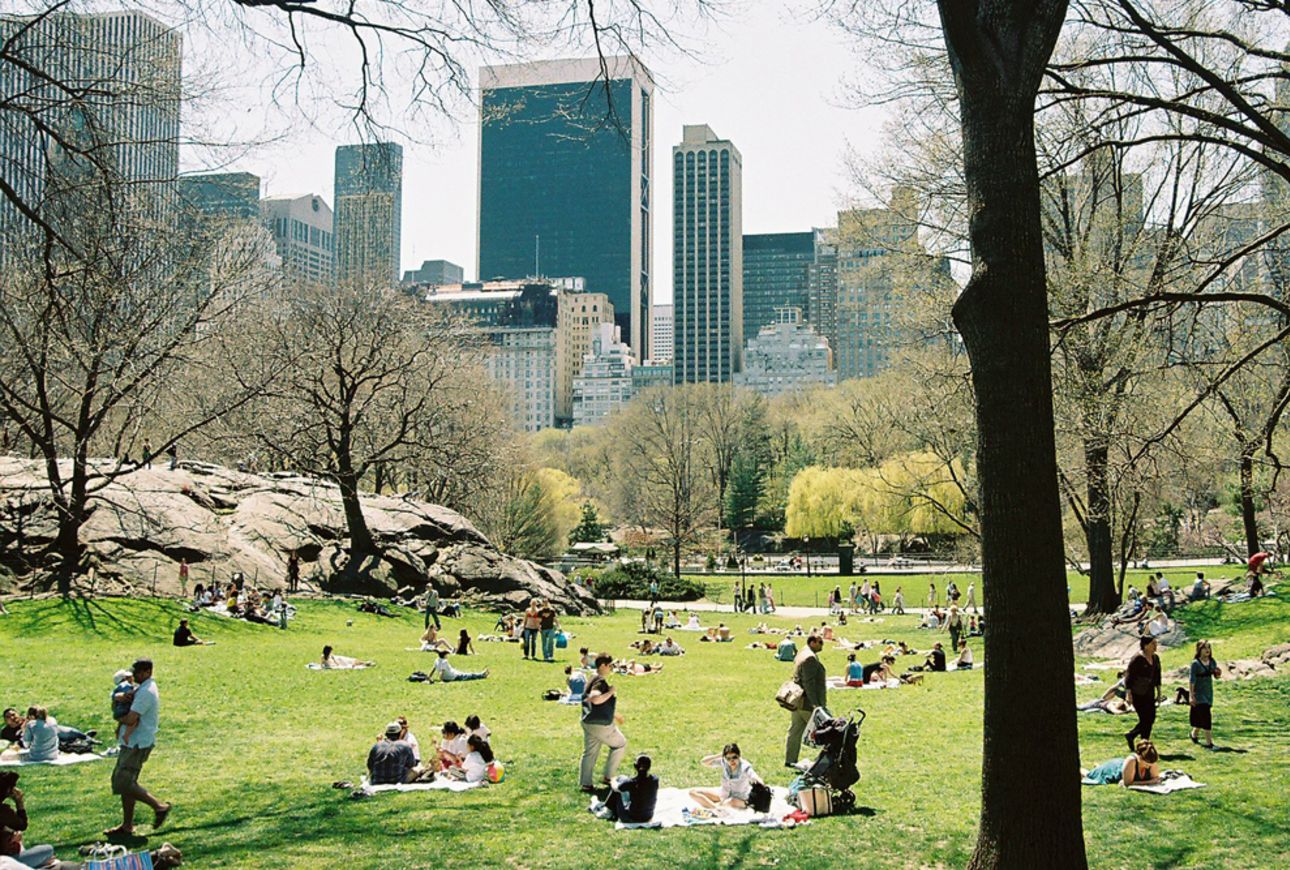
Photograph by Anthony Smith, MyShot
Most of the time, when people think about nature, they think of places untouched by humans. “Nature” is often considered something that exists far away from cities. In reality, the division between nature and city is blurry. There is nature all around the city, even inside our homes.
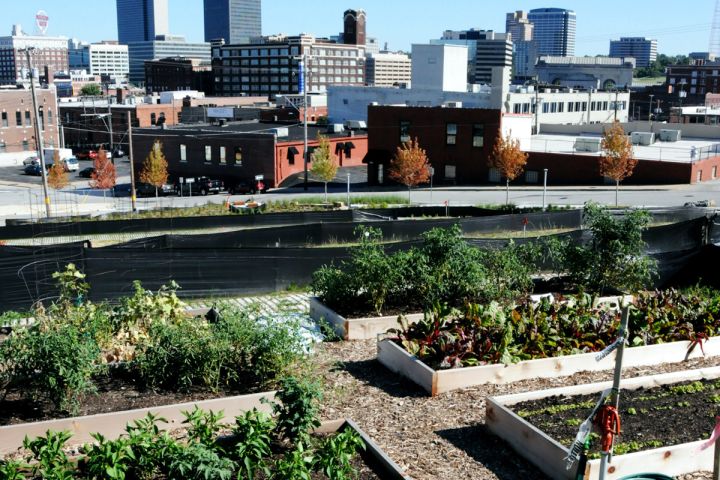
Volunteer at a Community Garden
Volunteer at a community garden and help plant vegetables, fruit, and flowers. This is a great way to interact with nature because not only are you working with plants, but you also get to dig in the dirt! Are there any worms or other bugs crawling around in the garden? Learn more at the American Community Gardening Association.

Seasons in the City
What does your city look like in different seasons? Pick two spots—for example, one can be outside your house or apartment and the other in a park—and snap photos in those spots each season. As you are taking pictures, you might want to take notes of things you observe, such as if you hear birds chirping or leaves rustling in the wind, or if you smell flowers or fresh cut grass, or if the air feels hot and sticky or cold and dry. Once you’ve completed the year cycle, look at your pictures and notes to compare the four seasons.
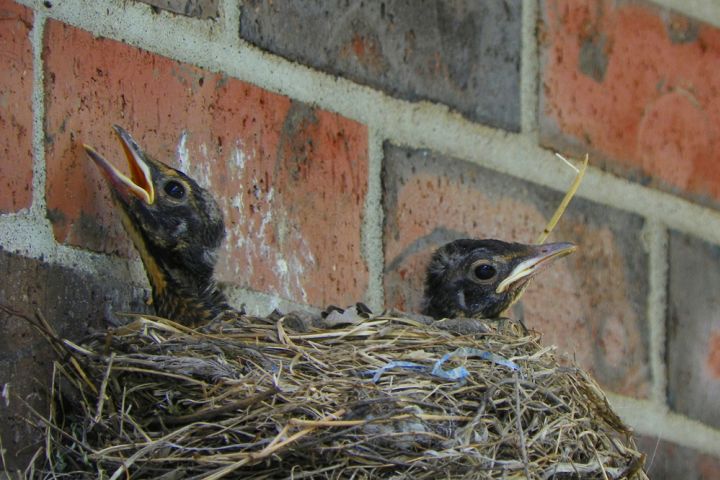
Bird Cams
On stormy days or if it’s too late to go outdoors, experience nature by watching webcams of all kinds of birds. Visit Celebrate Urban Birds to learn more. Search the internet to see if an organization in your city has a webcam on a local bird.
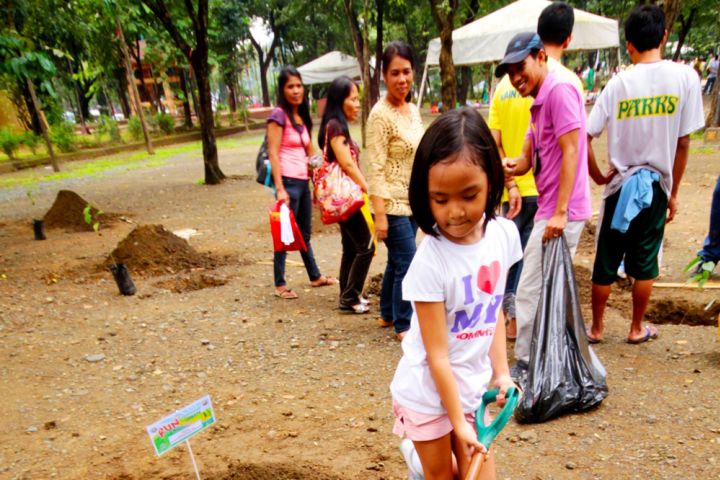
Plant Trees
Many city agencies and organizations have initiatives to plant more trees in their cities. Having more trees helps reduce the urban heat island effect and promotes the well-being of city dwellers! Check out the Arbor Day website to see if there are ways to help plant trees in your city.
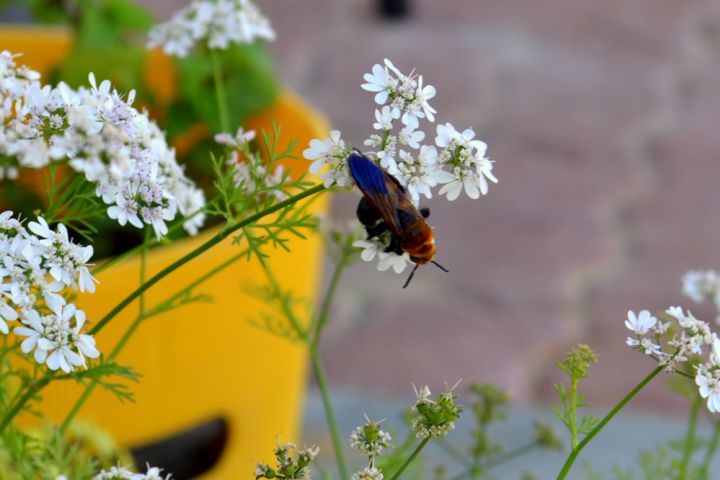
Flowerpot Neighborhood Tour
Go around your neighborhood and take pictures of the flowers that people have planted on their stoops or hung from their windows. Don’t pick the flowers! Do you notice any bees, butterflies, or other insects floating around near the planters? Are certain flowers more unique or rare than others?
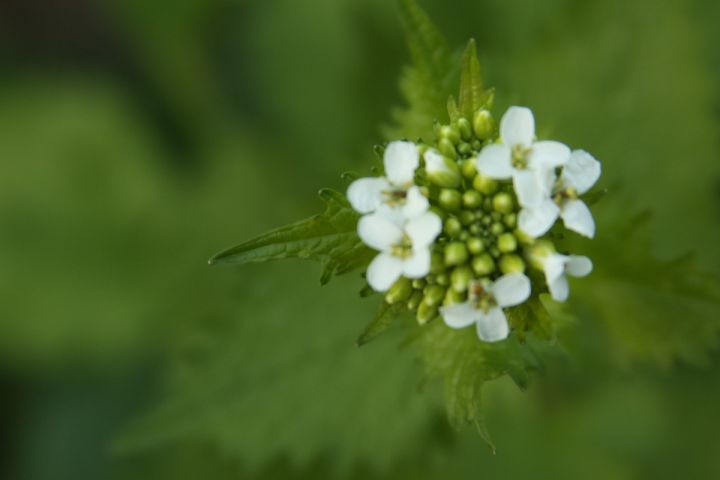
Volunteer for a Park Invasive Species Removal
A great way to learn about plants in your city is to volunteer for invasive species removal. Invasive species can harm native plants and animals. Search for an organization in your city through the USDA’s National Invasive Species Information Center.
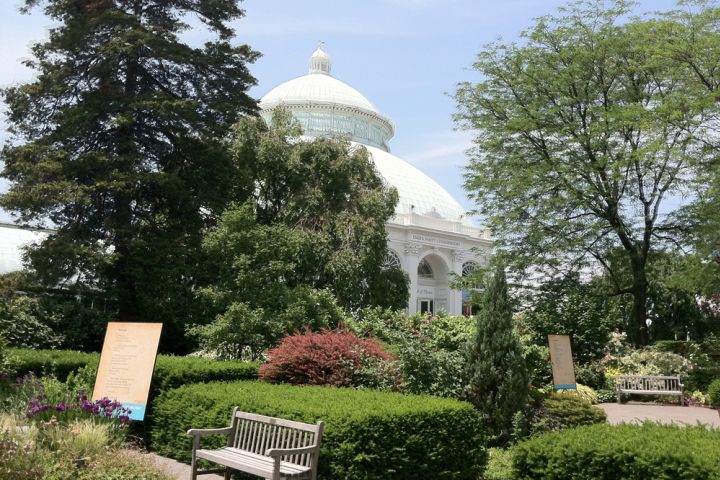
Visit a Botanical Garden
See how many different species of plants you can find. Do you notice any insects or animals pollinating the flowers? To find a garden or arboretum near your home, search the American Horticultural Society's garden directory.
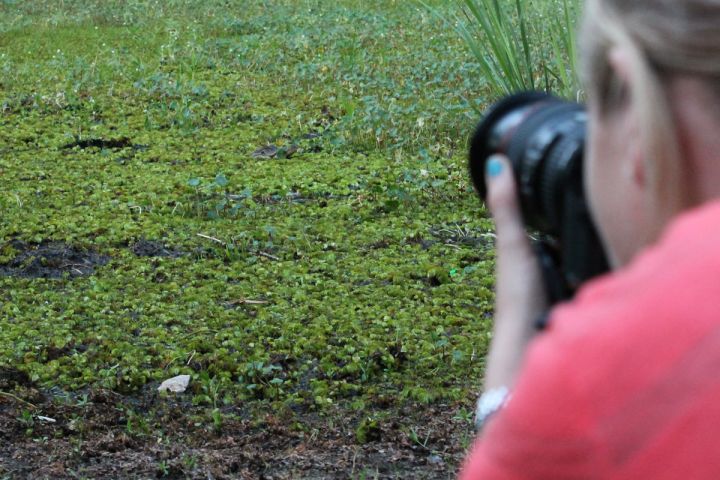
Photograph Nature
Keep a camera handy for impromptu photography sessions and bring your camera along when you visit the park and other community locations. You can even take photos of the treasures right in your backyard. Keep a scrapbook of photographs taken around town and share them with out-of-town guests who want to learn more about your community.
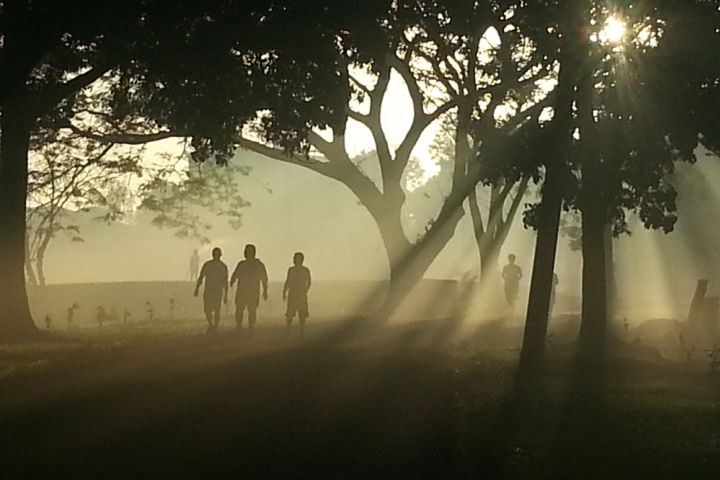
Early Morning Walk
Even in the busiest city you can find more animals in the early morning before the day’s bustle begins. Walk around your neighborhood, or your neighborhood park, as close to sunrise as possible, and see what animals you can spot. You might see bugs, worms, birds, squirrels, raccoons, rabbits, rats, and mice. (Animals that many people think of as pests are part of nature too!) Keep a journal and/or take photos of what you see.
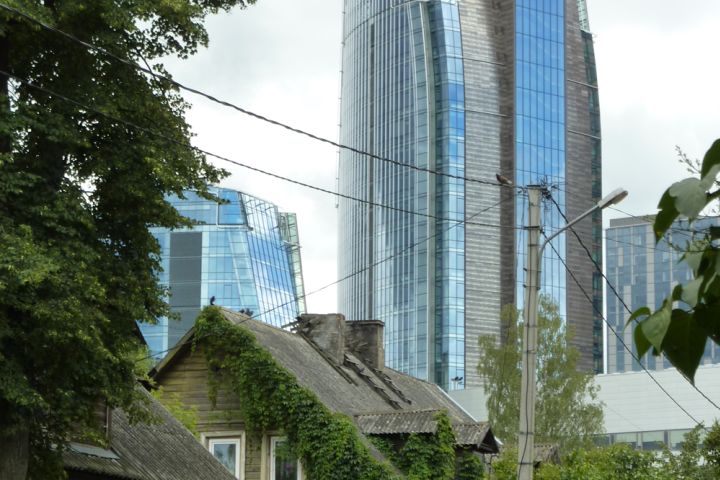
Compare Urban Habitats
An urban landscape can vary greatly even in the same city. There might be some places in your city that only have tall buildings and other places where there are houses with lawns or small backyards. There might be other areas that are wooded. Pick two locations in your city that are very different from one another. Go to each spot at the same time every day with your notebook and camera. Observe your surroundings, and take a lot of notes and pictures of what you see. How do these two areas compare? Does one area have more plants? What are the different animals and plants that you notice? What are the characteristics of the two different places that might affect the living things that you notice?
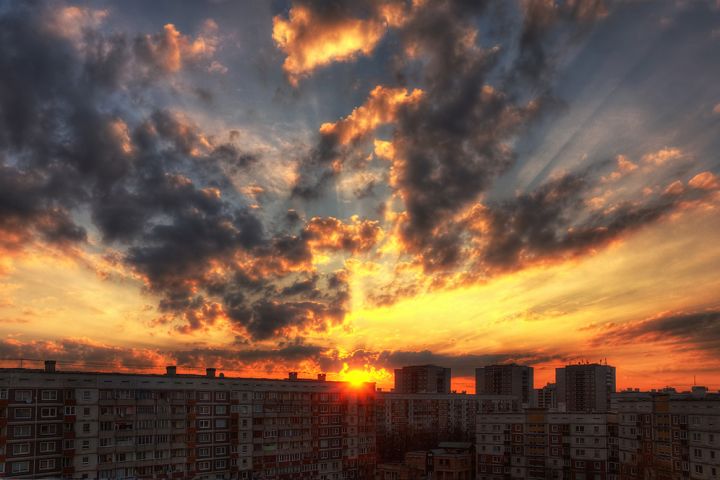
Sky Photo Collage
Go outside every day to a spot where you can see as much sky as possible. Take a photo of the sky each day. See if there are any clouds, birds, or unique sunset or sunrise colors. Does the sky look different on days when it is really cold or really hot? What other things do you notice? Make a collage (either with print photos or on your computer) of your favorites!
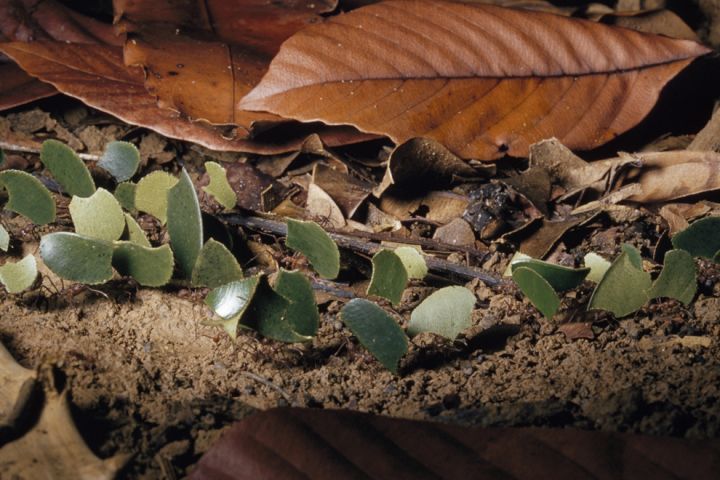
Collect Leaves
Take a walk and collect fallen leaves from different trees around the city. Bring them back home and see if you can identify the type of tree from the leaf. Use a site like iNaturalist to help with the identification.
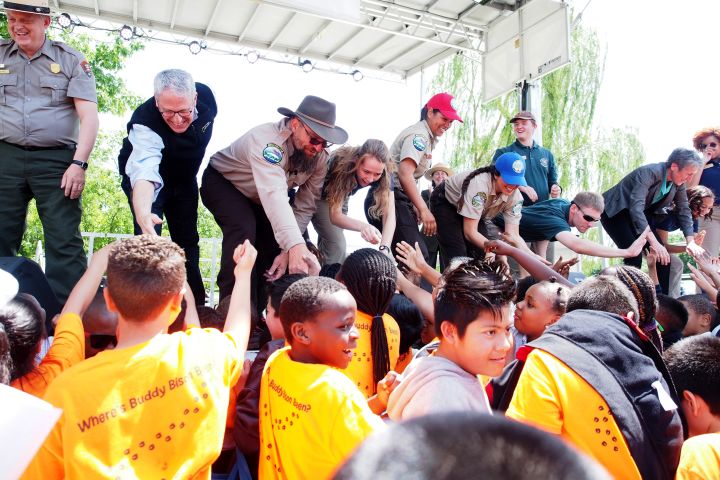
Conduct a BioBlitz
Build awareness of biodiversity by gathering your school community on campus for a BioBlitz event, to explore and collect data on the diversity of animals, plants, and other organisms in a place. Use the iNaturalist app to load photos and help identify species while contributing data for scientific research.
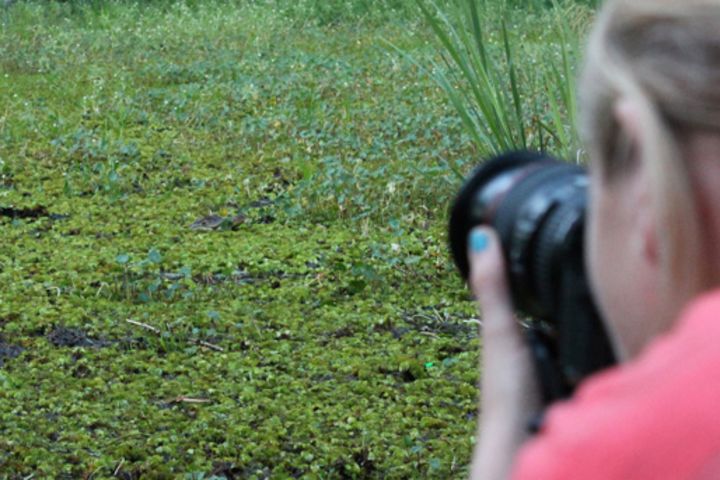
Observe Wildlife Anywhere
Photograph plants, animals, and other organisms on your own or as part of a BioBlitz. Use the iNaturalist app or iNaturalist.org to upload your observations and add them to a global database of biodiversity to support local to global research projects.
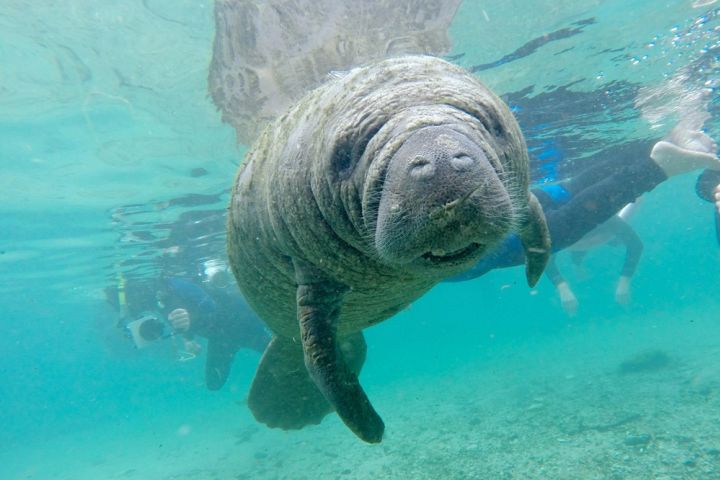
Visit a Wildlife Refuge
Yes, there are wildlife refuges in cities! The U.S. Fish and Wildlife Service has an online tool to find the refuges closest to you, and many are accessible via public transportation. You can visit on your own or maybe even join a ranger-led activity.
Media Credits
The audio, illustrations, photos, and videos are credited beneath the media asset, except for promotional images, which generally link to another page that contains the media credit. The Rights Holder for media is the person or group credited.
Writer
Editors
Photo Researcher
other
Last Updated
September 17, 2024
For information on user permissions, please read our Terms of Service. If you have questions about how to cite anything on our website in your project or classroom presentation, please contact your teacher. They will best know the preferred format. When you reach out to them, you will need the page title, URL, and the date you accessed the resource.
Media
If a media asset is downloadable, a download button appears in the corner of the media viewer. If no button appears, you cannot download or save the media.
Text
Text on this page is printable and can be used according to our Terms of Service.
Interactives
Any interactives on this page can only be played while you are visiting our website. You cannot download interactives.